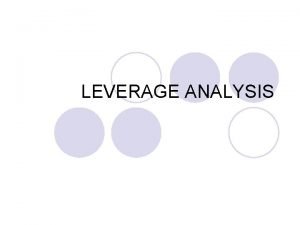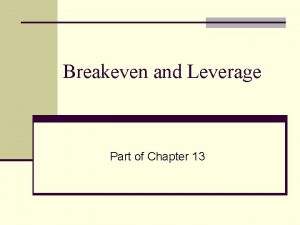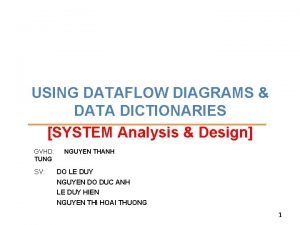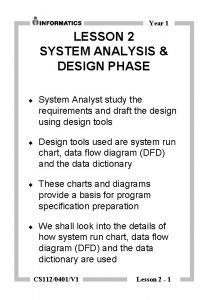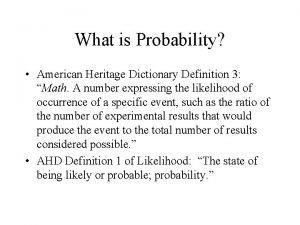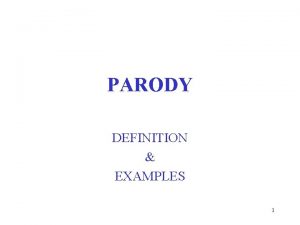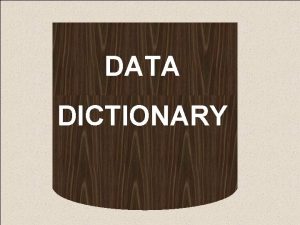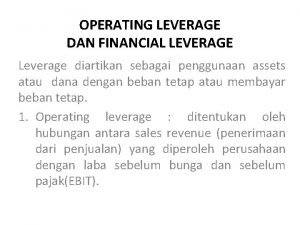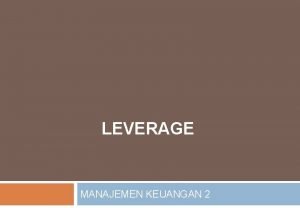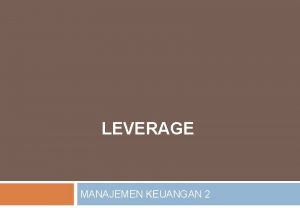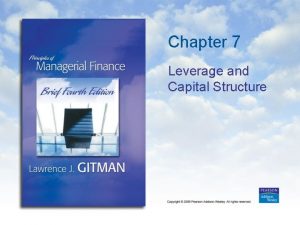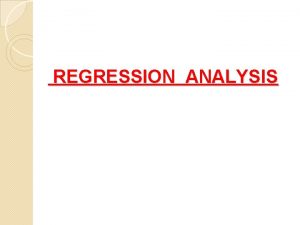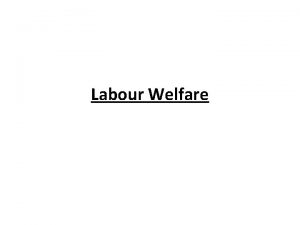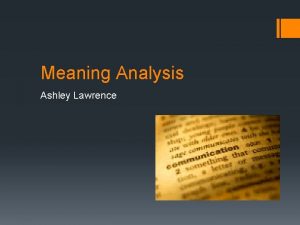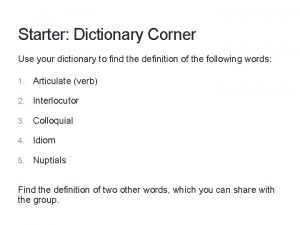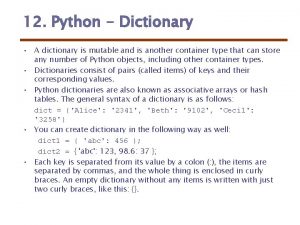LEVERAGE ANALYSIS Leverage l The dictionary meaning of
















- Slides: 16

LEVERAGE ANALYSIS

Leverage l The dictionary meaning of the firm leverages refers to “an increase means of accomplishing purpose ”. In machines , leverages means the instrument that helps us in lifting heavy objects, which may not be other wise possible. This concept of leverage is valid in business too. In financial management , it is used to describe the firms ability to use fixed assets costs funds to satisfy to magnify the returns of its owners.

DEFINATION : l “Leverage is the ratio of the net rate of return on shareholder’s equity and net rate of return on total capitalization. ”

Types of leverage l There are three types of leveragesl 1. Financial leverage l 2. Operating leverage l 3. Composite leverage

Financial leverage : l A firm needs funds to run and manage its activities. The funds are first needs to set up an enterprise and then to implement expansion , diversification and other plans. A decision has to be made regarding the composition of funds. The funds may be raised through two sources. , owners, called owners equity , and outsiders, called creditors equity. l “financial leverage exists whenever a firm has debts and other sources of funds that carry fixed charges. ”

Computation of financial leverage : l Computation of financial leverage Where capital structure consists of equity shares and debtsl Degree of financial leverage : l Degree of financial leverage DFL%change in EPS / % change in OP or EBIT

Financial Leverage Financial leverage results from the difference between the rate of return the company earns on investments in its own assets and the rate of return that the company must pay its creditors. Return on investment in > assets Fixed rate of return on borrowed funds Positive = financial leverage Return on investment in < assets Fixed rate of return on borrowed funds Negative = financial leverage

Operating leverage : l Operating leverage This leverage is associated with the employment of fixed cost assets. It is calculated to know income of the company on different levels of sales. It is measure of effect on operating profit of the concern on change in sales. l “operating leverage is the tendency of the operating profit to vary disproportionately with sales. ”

Operating leverage : l contribution= Sales-Variable cost operating profit=contribution-fixed cost l Degree of operating leverage : l Degree of operating leverage DOL= % change in OP or EBIT % change in Sales

Composite leverage : l Composite leverage is calculated to determine the combined effect of operating and financial leverages. l CL=Financial leverage x operating Leverage

Effects of Debt on ROA and ROE l ROA is lowered by debt--interest expense lowers net income, which also lowers ROA. l However, the use of debt lowers equity, and if equity is lowered more than net income, ROE would increase.

Times Interest Earned Ratio Times Interest = Earned Earnings before Interest Expense and Income Taxes Interest Expense $84, 000 = 11. 51 times $7, 300 This is the most common measure of a company’s ability to provide protection for its longterm creditors. A ratio of less than 1. 0 is inadequate.

Debt-to-Equity Ratio Debt–to– Total Liabilities Equity = Stockholders’ Equity Ratio This ratio indicates the relative proportions of debt to equity on a company’s balance sheet. Stockholders like a lot of debt if the company can take advantage of positive financial leverage. Creditors prefer less debt and more equity because equity represents a buffer of protection.

Debt-to-Equity Ratio Debt–to– Total Liabilities Equity = Stockholders’ Equity Ratio Debt–to– Equity = Ratio $112, 000 $234, 390 = 0. 48

How do the debt management ratios compare with industry averages? D/A 2002 E 2001 2000 Ind. 55. 6% 95. 4% 54. 8% 50. 0% TIE 6. 3 x -3. 9 x 3. 3 x 6. 2 x EC 5. 5 x -2. 5 x 2. 6 x 8. 0 x Too much debt, but projected to improve.

Typical industry average P/E ratios P/E Industry ratio 17. 15 Banking Computer Software Services 33. 01 41. 81 Drug Electric Utilities (Eastern 19. 40 U. S. ) 290. 35 Internet Services* 78. 41 Semiconductors 12. 71 Steel * Because many internet companies have negative earnings and no P/E, there was 11. 59 Tobacco only a small sample of internet companies. 21. 84 Water Utilities
 How to calculate degree of operating leverage
How to calculate degree of operating leverage Composite leverage
Composite leverage In the context of operating leverage break even analysis
In the context of operating leverage break even analysis Example of data dictionary in system analysis and design
Example of data dictionary in system analysis and design Data dictionary system analysis and design
Data dictionary system analysis and design Data dictionary example in system analysis and design
Data dictionary example in system analysis and design What is data dictionary in system analysis and design
What is data dictionary in system analysis and design Give the meanings of the following words
Give the meanings of the following words Definition of classical probability
Definition of classical probability Nn meaning urban dictionary
Nn meaning urban dictionary Parody dictionary
Parody dictionary Longest english word
Longest english word Look at the following words
Look at the following words Legal norms
Legal norms Lll meaning urban dictionary
Lll meaning urban dictionary Hình ảnh bộ gõ cơ thể búng tay
Hình ảnh bộ gõ cơ thể búng tay

